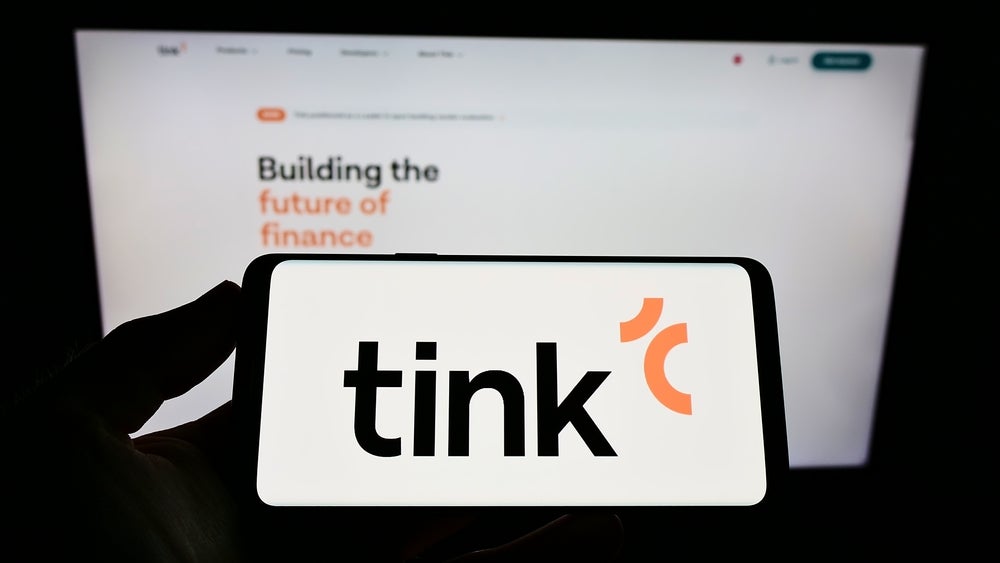
Over three quarters (78%) of UK 18–34-year-olds have had a loan application rejected according to open banking platform, Tink.
When asked why they failed to obtain a loan, 12% cited thin credit history, e.g not having enough credit history. Some 11% noted the inability to prove their financial history.
Cumbersome processes causing loan application abandonment
Tink’s survey also show that younger age groups abandon arduous applications. This suggests they have zero tolerance for friction-filled processes and may not capitalise on the financial services available to them.
The research shows that nearly a quarter (22%) of 18–34-year-olds have abandoned a loan application and used a different lender because the process was too cumbersome. What’s more, when applying for a loan, 20% of respondents said they had the correct documents, but abandoned the process because they needed to submit them manually (e.g. had to print them off and post them).
A Tink survey of 200 UK lenders supports these findings. Research reveals that 36% of lenders cite manual income verification as the point when they see the most drop off in the loan application process.
Similarly, the research suggests that cumbersome manual processes can be costly and time consuming for lenders. 32% of lenders surveyed cite manual income verification as the most time-consuming step in their own risk decisioning process. A quarter (25%) say document validation (capturing application information and analysing its authenticity) is the highest cost they face.
How well do you really know your competitors?
Access the most comprehensive Company Profiles on the market, powered by GlobalData. Save hours of research. Gain competitive edge.

Thank you!
Your download email will arrive shortly
Not ready to buy yet? Download a free sample
We are confident about the unique quality of our Company Profiles. However, we want you to make the most beneficial decision for your business, so we offer a free sample that you can download by submitting the below form
By GlobalDataAppetite for data-driven decision making
As a solution to overcome these barriers, younger age groups cite a willingness to give lenders permission to view transaction data from their bank accounts in return for smoother application processes and a better chance of securing a loan.
For example, 40% of 18–34-year-olds would enable lenders to digitally view transaction data from bank accounts to improve the application process. Over one-half (57%) would like the option of having loans tailored to their financial situation (e.g. repayment plans which adapt to their monthly incomings and outgoings).
The research highlights that lenders recognise that improving the loan application process makes sound business sense. More than three quarters (78%) of lenders surveyed agree it’s important to reduce friction in the lending application to give them a competitive advantage. 77% say it’s crucial to improve risk decisioning models to give a more accurate view of people’s finances.
Jack Spiers, Banking & Lending Director at Tink said: “Our research highlights a clear access issue amongst younger generations trying to borrow. A significant amount wrestle with cumbersome application processes. They’re also being rejected for loans based on factors that suggest blinkered financial assessments.
“It is important lenders are harnessing data-driven risk decisioning solutions to offer fair, accurate affordability checks, while also removing the friction associated with manual application submissions. And it’s not just benefiting the end user. Adopting these models can help lenders too. Boosting customer acquisition through improved success rates, while reducing operational costs.”





